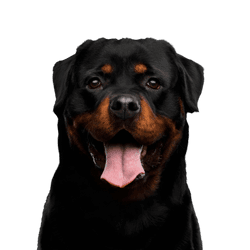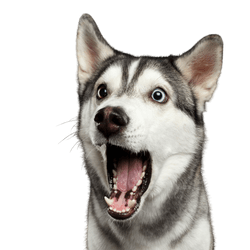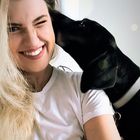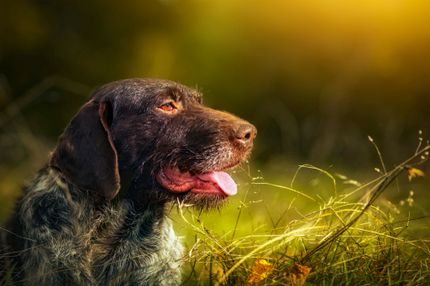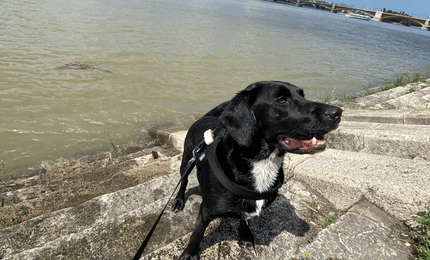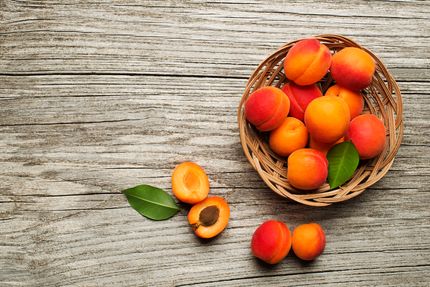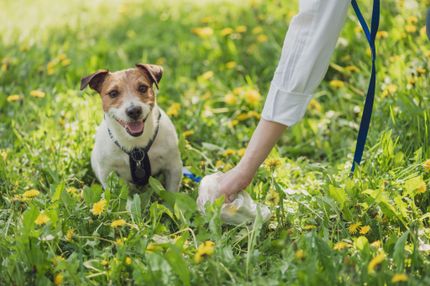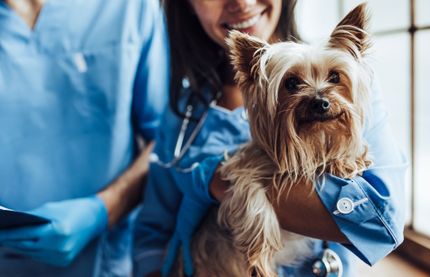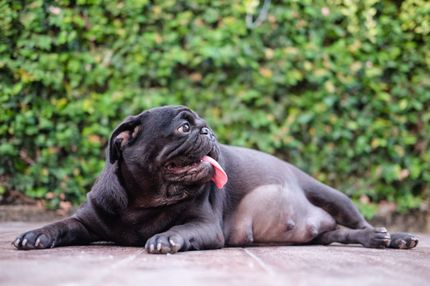Facts & Origin
Origin of the Rottsky
The Rottsky is a modern hybrid dog breed that is the result of crossing a Rottweiler with a Siberian Husky. This combination brings together two very different but impressive breeds: The Rottweiler is a powerful, alert guard and working dog, while the Husky is an enduring, social sled dog. The aim of this breed was to create a dog that was both protective, intelligent and loyal, as well as agile, social and visually striking.
The breeding of this combination has developed in recent decades, particularly in the USA and Canada, where interest in so-called "designer dogs" has grown steadily. The Rottsky is considered a dog that is particularly popular with sporty, experienced owners who are looking for an active, powerful and unique-looking companion.
Name synonyms: Rottsky, Rottweiler Husky Mix and Co.
As with many hybrid breeds, there are several names for the Rottsky, which differ according to origin and breeding line. The most common name is Rottsky, an artificial word made up of "Rottweiler" and "Husky". Other common synonyms are:
Rottweiler husky mix
Husky-Rottweiler hybrid
Huskweiler (rarer)
Rott-Husky
As there is no recognized breed standard, these terms are used freely, which makes it difficult for prospective buyers to find their way around. It is worth looking at the actual parent animal combination, especially in the case of mixed-breed puppies, as appearance and temperament can vary greatly depending on whether the Husky or the Rottweiler dominates.
Criticism of designer dogs
Like many "designer dogs", the Rottsky is also subject to critical observation. Both original breeds have strong character traits and specific health risks. The main criticism is that many such crossbreeds are created without sound breeding planning. If a Rottweiler is simply mated with a Husky without consideration for temperament, health and social behavior, this can lead to unbalanced dogs that are difficult to assess. Responsible selection of the parents, early socialization and experienced owners are particularly important when mixing two such strong working breeds.
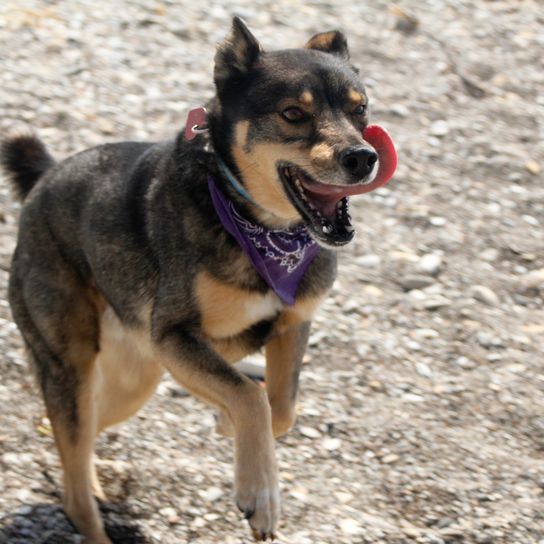
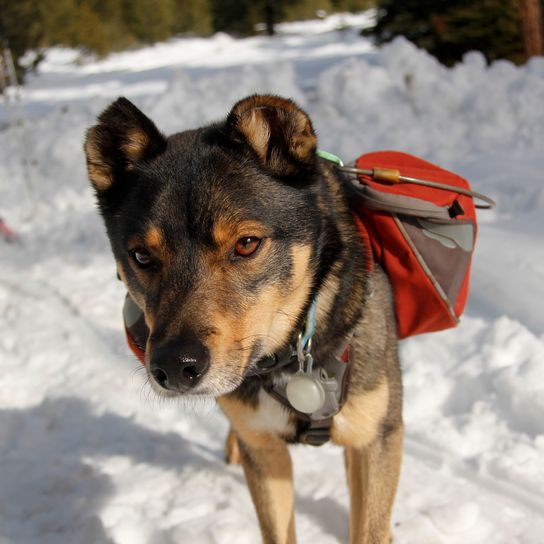
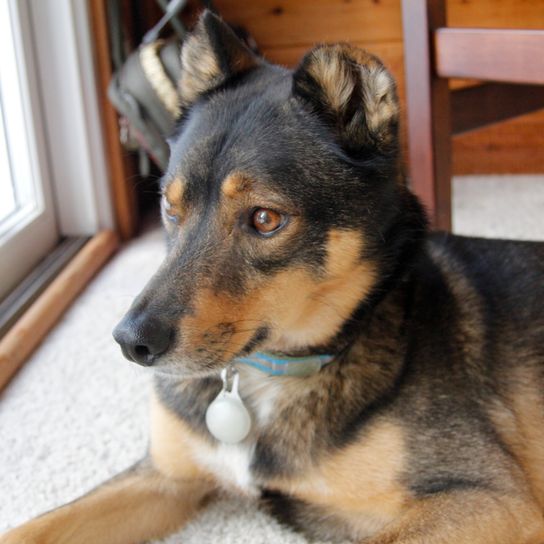
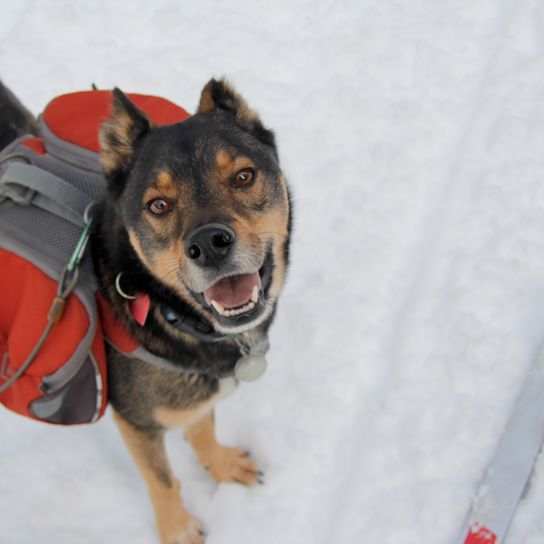
| Alternate Name | Rottweiler Husky Mix, Husky-Rottweiler Hybrid, Rott-Husky, Huskweiler |
| Origin | Germany - USA |
| Life expectancy | 8 - 15 years |
| Care requirements | low-maintenance - high-maintenance |
| Activity level | average - high |
| FCI group | not recognised |
| AKC group | not recognised |
| KC group | not recognised |
More Rottweiler mixes
More Siberian Husky mixes
Attitude, character and temperament of the breed
Character traits: Active, independent and alert
The character of a Rottsky is rarely predictable - because it can be strongly influenced by the dominant parent. Many Rottskys show a mixture of alertness, loyalty and protective instinct (Rottweiler) as well as energy, independence and a great love of movement (Husky). These dogs are often intelligent, people-oriented and alert, but also strong-willed, independent and full of energy.
In the best case scenario, you will get a smart, eager-to-learn dog that is happy to take on tasks, but still pays attention to its caregiver. In reality, however, the Rottsky needs clear leadership, intensive training and daily exercise in order not to be underchallenged or unbalanced. Without a clear structure, the dog can become destructive, dominant or flight-oriented - typical of underchallenged Huskies or poorly managed Rottweilers.
Rottskys are usually loyal to their family, but can be reserved towards strangers. In households with children, early habituation is important, as is an understanding of the sensitive social behavior of this hybrid breed. Rottskys are only suitable for first-time dog owners to a limited extent - unless you are prepared to deal intensively with the behavior of large, hard-working dogs.
Character
Usage
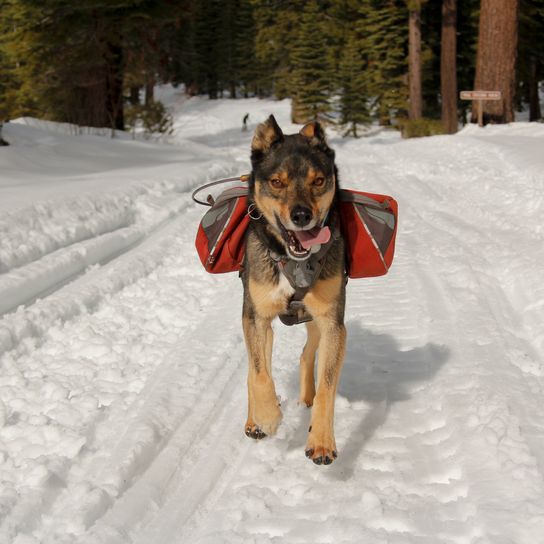
Diseases and care
The Rottsky has some health risks that should be taken into account:
Hip and elbow dysplasia (HD/ED) - typical in both parents
Eye diseases, e.g. progressive retinal atrophy
Heart problems, especially aortic stenosis (Rottweiler)
Skin allergies or coat problems
Torn cruciate ligaments or muscle/joint diseases
Another issue is the high exercise requirement. The Rottsky needs several hours of daily exercise, combined with mental exercise (e.g. search games, lunging, targeted obedience training). If this need is not met, behavioral problems and stress can develop.
Grooming the Rottsky is usually relatively uncomplicated, depending on the coat type. Many Rottskys have a dense, medium-length double coat that sheds heavily, especially during the shedding season. Weekly brushing is usually sufficient - daily grooming sessions are advisable during the shedding period. The claws, teeth and ears should be checked regularly to prevent infections and injuries.

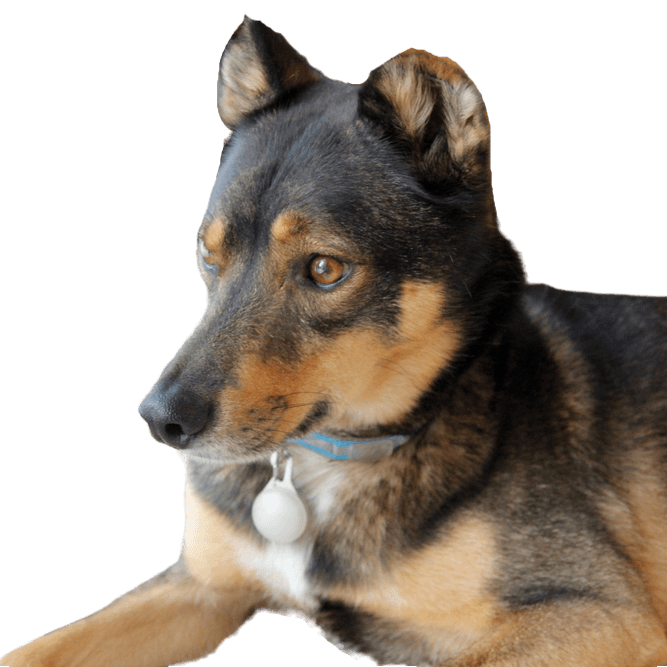
Possible appearance of the Rottsky
In appearance, the Rottsky is an impressive blend of elegance and strength. Depending on its genetics, it can look more like a Husky or more like a Rottweiler - but often somewhere in between. Typical is an athletic, muscular build, with a deep chest, strong legs and a distinctive head.
The coat color varies greatly:
Black with tan markings (typical for Rottweilers)
Silver-grey, cream or black and white with a husky mask
Mixed forms with blue or different colored eyes (particularly striking)
The coat is often of medium length, dense and weatherproof, with a thick undercoat - good conditions for outdoor activities. The ears are usually semi-standing or hanging, the tail can be carried slightly curved. The appearance of many Rottskys makes them look confident, powerful and very present, which can inspire respect when meeting other people - despite their mostly friendly nature.
| Fur length | short - medium |
| Fur | flat coated |
| Ear shape | Triangle - Standing Ears |
| Tail | lang - fanned out |
| Anatomy | rugged, massive, square, hefty, rugged, strong, sporty |
| Size ♀ | 50 - 63 cm |
| Weight ♀ | 16 - 48 kg |
| Size ♂ | 54 - 68 cm |
| Weight ♂ | 20 - 60 kg |
| Suitable For | - |



Known Diseases
Hip dysplasia (HD)
Hip dysplasia (HD) is a genetic condition in dogs where the hip joint is not shaped properly. This leads to pain, stiffness and restricted movement.
Elbow dysplasia (ED)
Elbow joint dysplasia is a chronic disease complex of the elbow joint of fast growing dog breeds.
Heart disease
Can occur frequently in dogs and can sometimes be treated with medication.
Joint damage
In some breeds, joint damage can occur later in life, affecting the musculoskeletal system.
Eye diseases
Often occur with allergies and intolerances.
Skin inflammations
Can be hereditary in certain breeds.
FAQ
-
A mix of Rottweiler and Siberian Husky - i.e. a Rottsky - usually becomes a medium-sized to large dog, although size and weight can vary depending on the dominant genes.
-
The coat of a Rottweiler-Siberian Husky mix can vary, e.g. black and brown with a thick, dense undercoat.
-
A Rottweiler-Siberian Husky mix is generally a very friendly and outgoing dog, but can also be protective.
-
A Rottsky needs a moderate to high level of exercise. They should have daily walks or jogs and plenty of time to run and play in a safe, fenced-in area.
-
Common health problems in a Rottsky include hip and elbow dysplasia, eye problems and allergies.

